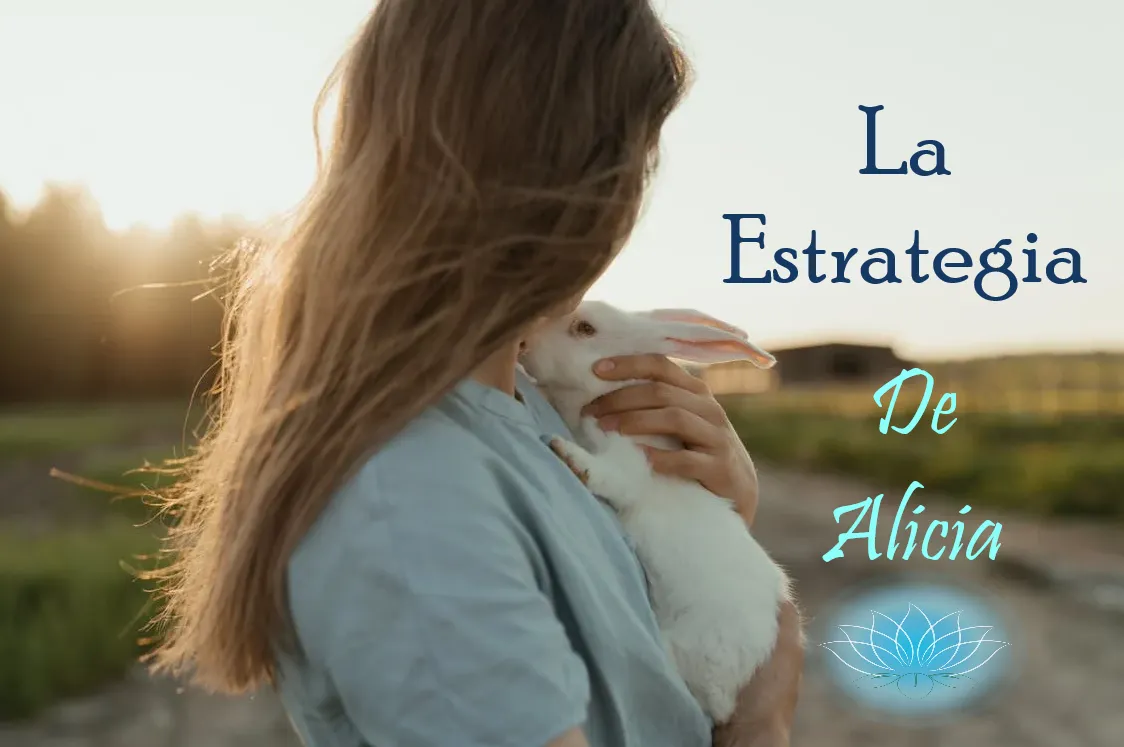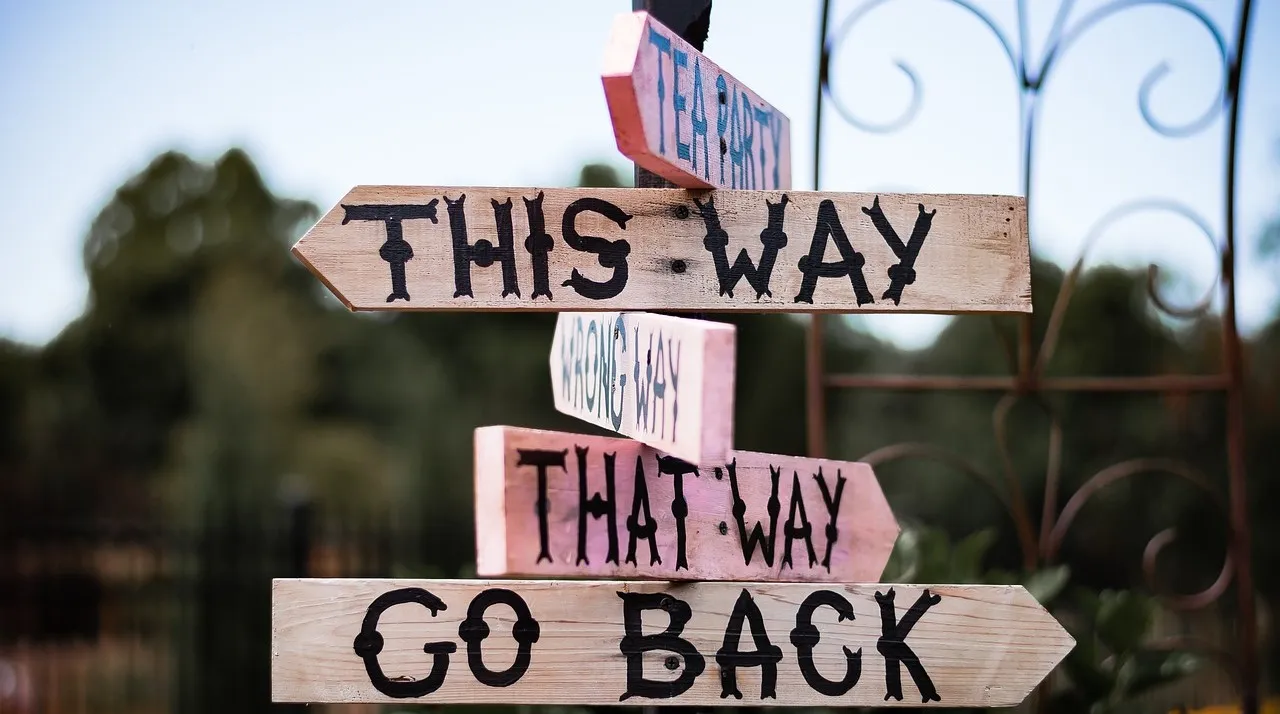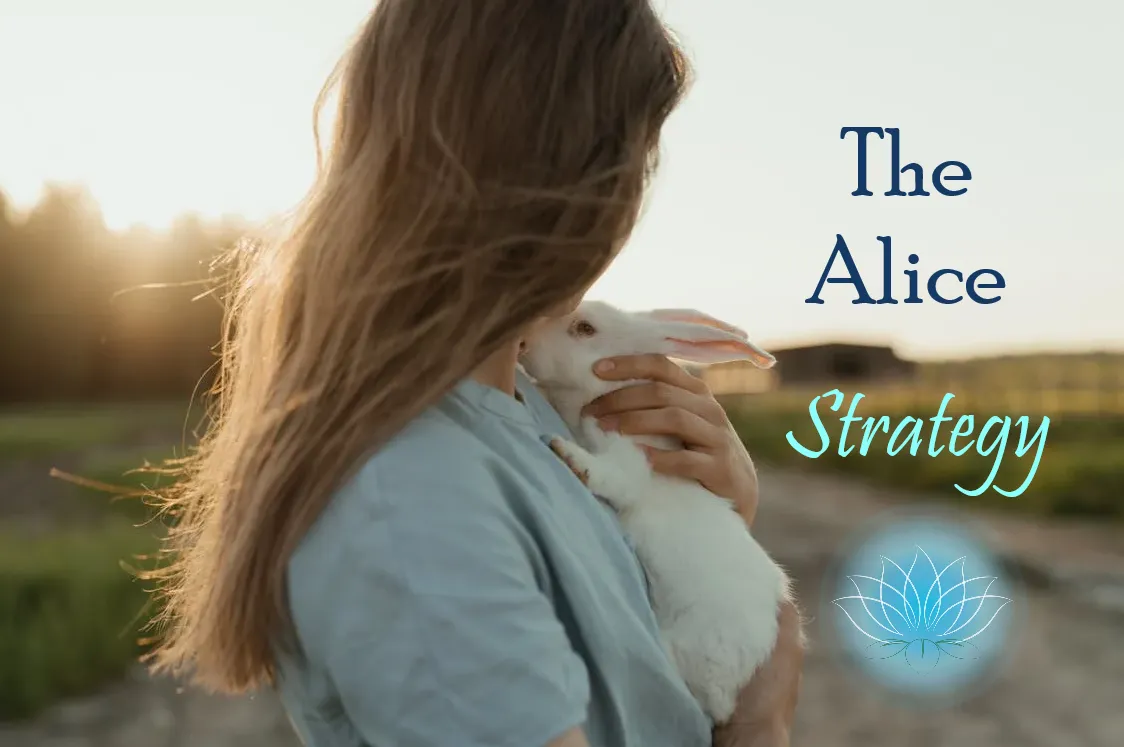

Esta semana ha estado plagada de experiencias y de lecciones; pero me ha llamado la atención, cómo, a pesar de que decimos que debemos aprender a vivir el aquí y el ahora, aún seguimos sin hacerlo.
Me ha costado mucho hacer que la gente luche contra los estados de ansiedad a través de una simple gestión de una atención correcta: Vivir el presente y el ahora.
El simple hecho de estar conectados, todo el tiempo, nos lleva a los eventos que pasaron y a las situaciones que podrían ocurrir, por lo tanto, nos es difícil situarnos en el presente cada vez más.
Por salud emocional: ¿Cómo gestionar esto?


Así como Alicia mató al Jabberwocky…
En la película de Tim Burton, Alicia, es quien enfrenta al Jabberwocky, y no como sucede en el poema original de Lewis Carroll.
¡Vamos, que es una treta cinematográfica que dio excelentes resultados!
Lo cierto es que, para que Alicia pueda matar a este terrible monstruo, tiene que situarse en el presente y en el ahora a través de un juego interior, que no es más que hacerse preguntas sobre lo que está viviendo, que la sitúen en el momento de la lucha con la Espada Vorpal.
Lo mismo sucede con cada una de las situaciones difíciles de la vida que debemos resolver; tenemos que situarnos en ese momento.
Y no debería ser solamente en situaciones difíciles, pues, el vivir, el aquí y el ahora, nos permite disfrutar el momento y solucionar lo que debemos solucionar; y, además, evitamos situaciones de ansiedad y angustia.
Es un grave problema que enfrenta la gente hoy en día, pues, hay mucha información bombardeándonos desde todas partes, lo que hace que la atención sea dispersa.
¿Qué recursos podemos tener para gestionar el situarnos en el aquí y en el ahora, y poder batallar contra el estrés y la ansiedad?

¿Realmente se puede vivir en el presente? ¿Cómo se hace?
Siempre estamos pensando en miles de cosas, en lo que pasó y en lo que probablemente pasará.
Para mí, una de las mejores formas, es centrarse en lo que percibimos a través de los sentidos, en cómo nos sentimos físicamente y en hacer un ejercicio de concentración acerca de lo que estamos pensando en este momento.
Eso es parte de lo que psicologíaymente.com nos dice en su artículo: Qué hacer para vivir el presente.
Pero hay acciones mucho más directas, como estas:
1.- Relájate y haz una pausa.
Tienes que parar; tienes que hacer un alto en cualquier actividad que estés haciendo para atender el aquí y el ahora; incluso, si llega un pensamiento molesto, debes echarlo a un lado.
Sí, es un acto de decisión.
2.- Ten paciencia y trabaja cuantas veces puedas para hacer que tu mente regrese a dónde estás.
3.- Respira profundo y aquiétate hasta que logres actuar en forma lenta, como caminar, hablar, saborear la comida, escuchar lo que se te habla y pensar muy bien antes de hablar algo.
4.- Estar atento a los detalles de todo lo que te rodea, apartando, como en una especie de disección, los pensamientos que no te sirven.
5.- Por último, prioriza tu atención en el aquí y en el ahora, y comienza con los objetos que tienes a tu alrededor, y luego sí, como dice el artículo de psicología y mente, comienza a concentrarte en lo que sientes y en lo que estás pensando en este momento.
Esta es una guía rápida pero necesaria.

Un ejercicio que debemos hacer
Al igual que Alicia, para situarse en el momento en el que iba a matar al terrible monstruo, debía pensar en 10 cosas imposibles que ella había vivido, existe un ejercicio en psicología que muchos han comenzado a trabajar para sus pacientes.
Se trata de situar tu atención en cinco cosas que puedas ver, cuatro cosas que puedas sentir, tres cosas que puedas oír, dos cosas que puedas saborear y una cosa que puedas oler, en el instante en que hagas pausa.
Te estarás preguntando: ¿Por qué tanta insistencia en vivir el aquí y el ahora?
Pues, simple: Porque la vida está aquí y ahora; todos vivimos siempre en el presente y eso hace que dejemos de disfrutar y de resolver con realidad los desafíos que, a cada momento, la vida nos presenta.
A través del mindfulness hemos aprendido a enfocarnos en vivir el presente a través del agradecimiento, de la observación del ahora y del aquí, de aprender a enfocarnos en lo que es importante; en el pensamiento y la emoción que resuelve, no la que angustia.
A soltar el control y a dejar atrás el pasado, a aprender de él lo que debemos aprender y en desconectarnos.
Pero, mientras aprendemos, debemos tomar acciones que, en automático, nos situarán relativamente rápido.
Esto hace que, a la larga, dejemos de ser marionetas emocionales movidas por el exceso de información, dejar de estar hipnotizados por el ruido y los mensajes dispersos que recibimos, gastando nuestra energía y perjudicando nuestra salud física y mental.


Living here and today. How to manage your return to the present? -Strategies-


This week has been full of experiences and lessons; but I have been struck by how, despite the fact that we say we must learn to live in the here and now, we still don't do it.
I have had a hard time getting people to fight anxiety states through simple right mindfulness management: Living in the present and the now.
The simple fact of being connected, all the time, brings us to events that happened and situations that could happen, therefore, it is difficult for us to place ourselves in the present more and more.
For emotional health: How to manage this?


Just as Alice killed the Jabberwocky...
In Tim Burton's film, it is Alice who confronts the Jabberwocky, and not as in Lewis Carroll's original poem.
Come on, it's a cinematic trick that gave excellent results!
The truth is that, in order for Alice to kill this terrible monster, she has to place herself in the present and in the now through an inner game, which is nothing more than asking herself questions about what she is living, which place her in the moment of the fight with the Vorpal Sword.
The same goes for every difficult situation in life that we have to solve; we have to place ourselves in that moment.
And it should not be only in difficult situations, because, living, the here and now, allows us to enjoy the moment and solve what we have to solve; and, in addition, we avoid situations of anxiety and anguish.
It is a serious problem that people face today, there is a lot of information bombarding us from everywhere, which makes our attention dispersed.
What resources can we have to manage to place ourselves in the here and now, and be able to battle stress and anxiety?

Can you really live in the present? How do you do it?
We are always thinking about a thousand things, about what happened and what will probably happen.
For me, one of the best ways is to focus on what we perceive through our senses, on how we feel physically and on doing a concentration exercise about what we are thinking about at this moment.
That is part of what psicologíaymente.com tells us in its article: What to do to live in the present.
But there are much more direct actions, such as these:
1.- Relax and pause.
You have to stop; you have to make a stop in whatever activity you are doing to attend to the here and now; even, if an annoying thought comes, you have to throw it aside.
Yes, it is an act of decision.
2.- Be patient and work as many times as you can to bring your mind back to where you are.
3.- Breathe deeply and relax until you manage to act slowly, such as walking, talking, savoring food, listening to what is spoken to you and thinking very well before you speak something.
4.- Be attentive to the details of everything that surrounds you, putting aside, as in a kind of dissection, the thoughts that do not serve you.
5.- Finally, prioritize your attention in the here and now, and start with the objects you have around you, and then yes, as the article of psychology and mind says, start to concentrate on what you feel and what you are thinking at this moment.
This is a quick but necessary guide.

An exercise we must do
Just as Alice, in order to place herself in the moment in which she was going to kill the terrible monster, had to think of 10 impossible things that she had experienced, there is an exercise in psychology that many have begun to work on for their patients.
It involves placing your attention on five things you can see, four things you can feel, three things you can hear, two things you can taste and one thing you can smell, at the instant you pause.
You may be asking yourself: Why so much insistence on living in the here and now?
Well, simple: Because life is here and now; we all live always in the present and that makes us stop enjoying and solving with reality the challenges that, at every moment, life presents us.
Through mindfulness we have learned to focus on living in the present through gratitude, observing the here and now, learning to focus on what is important, on the thought and emotion that solves, not the one that distresses.
To let go of control and let go of the past, to learn from it what we must learn and to disconnect.
But, as we learn, we must take actions that, automatically, will get us situated relatively quickly.
This makes that, in the long run, we stop being emotional puppets moved by the excess of information, stop being hypnotized by the noise and the scattered messages we receive, wasting our energy and damaging our physical and mental health.

Emilio Ríos – Venezuela
@emiliorios


- Barras separadoras y logo de English, editadas en Paint, de:
Separator bars and English logo edited in Paint, from:
Pixabay-Roksana96
Cintillo personalizado de @emiliorios con el logo de #Hive, realizado por la excelente creadora @mosa71
Custom @emiliorios headband with the #Hive logo, made by the excellent creator @mosa71Nuevo logo de Twitter tomado de la plataforma de la red social.
New Twitter logo taken from the social network platform.Imagen de agradecimiento, tomando el logo de nuestra comunidad y editada en Paint, de:
Thank you image, taking our community logo and edited in Paint, by:
Pixabay-Willgard
- Logo de la comunidad utilizado en las imágenes, de:
Community logo used in the images, from:
Pixabay-Truthseeker08
- Si lo deseas, puedes seguirnos en:
If you wish, you can follow us at:



